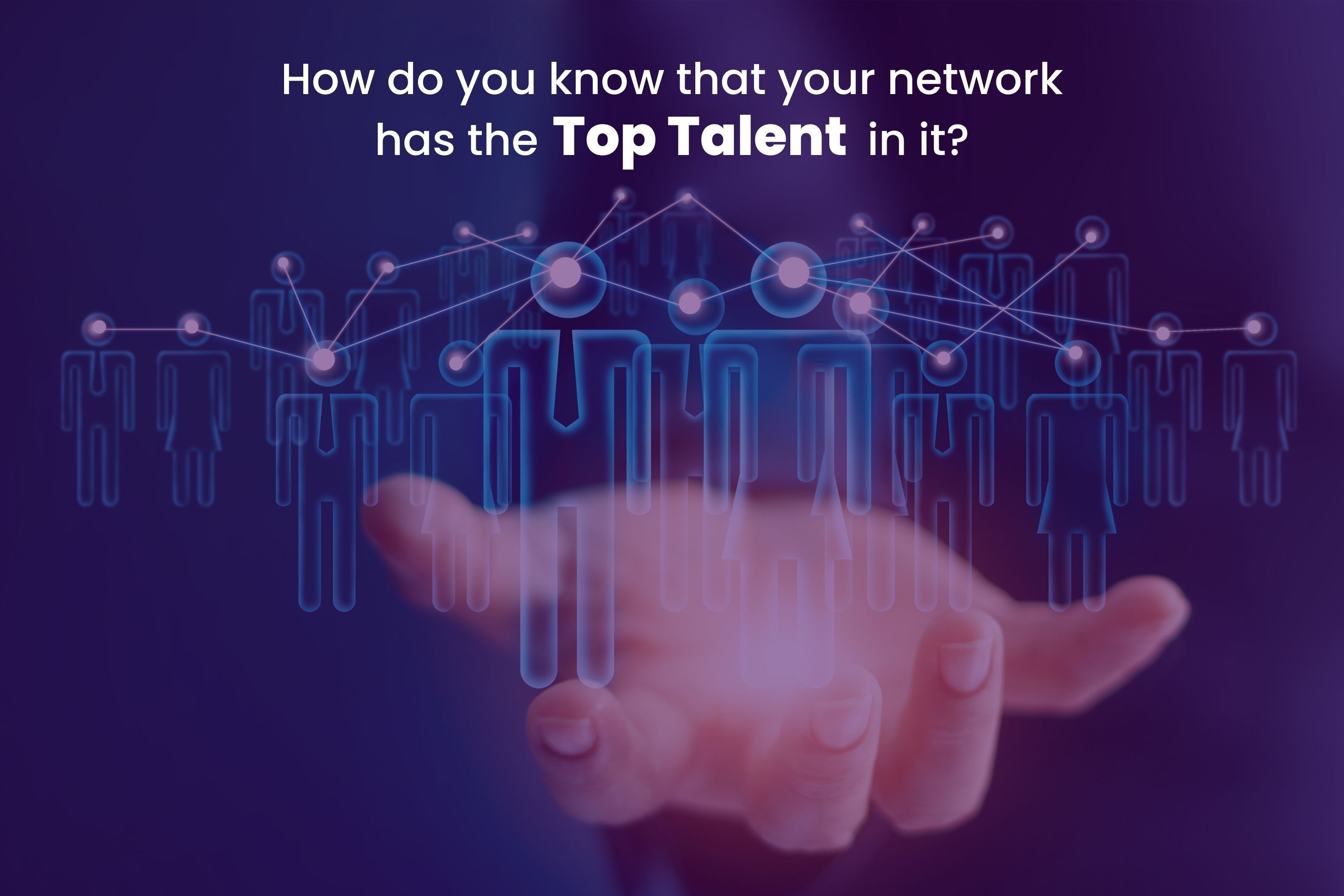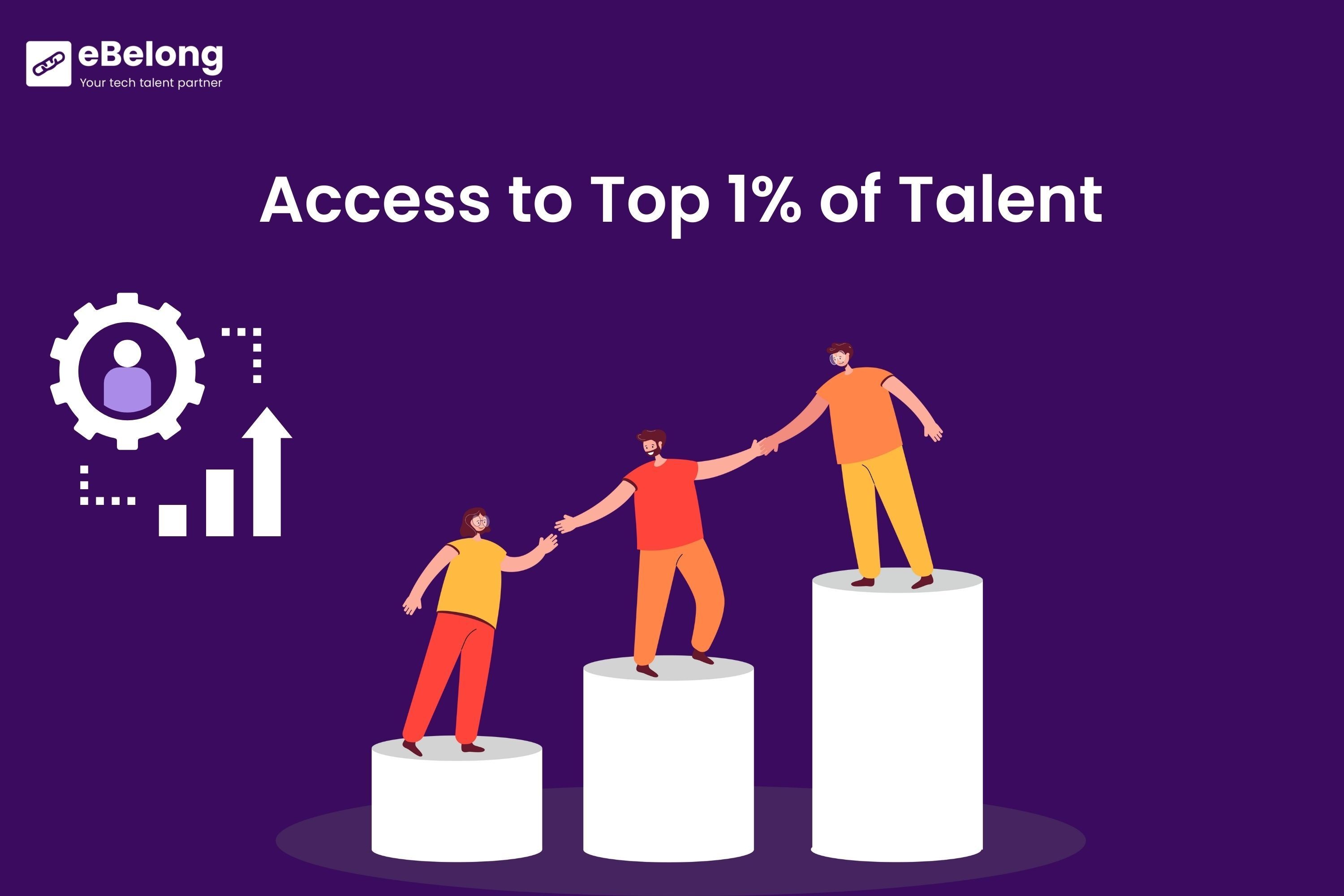Access to the Top 1% of Talent
The idea of doing remote business practices is something that seems overwhelming, especially if you’re someone who has gotten used to the traditional way of doing things. But the cloud working movement – the freedom to work almost anywhere nowadays – is here to stay. And while many businesses are wary of it at first, there are plenty of reasons why more and more companies are starting to get on board.
At a quarter of organizations, the talent pool has become more diverse over the last year due to redundancies due to the most recent worker, senior leaders still struggle to find new employees even though they’ve spent over £1 billion on temporary employees to quickly fill skills gaps and cover roles. This is where going digital with your recruitment efforts will come in handy.
How do you know for sure that your network has the top talent in it?" organizations frequently question. Let's start by looking at that question and breaking it down piece by piece:

Where do we look for talent statistics?
We consider ourselves to be mainly laid-back and have some crazily creative processes at the eBelong top talent network. As a result, it may come as a surprise to some of you that we are a little too cautious when it comes to science.
Without delving too deeply into philosophical epistemology, we must distinguish between knowing and believing to comprehend our scientific method. While belief can be incorrect, knowledge must be proven to be correct. This is why, at eBelong, we take measures and make sure they're done as objectively as possible. The precise method by which we get at the truth is aided by technology, only to ensure that we do not make observational errors that could jeopardize our professional reputation as a talent.
Making up for subjective biases
Our approach effectively solves all of these issues and advances in the field of decision-support systems. This is critical for us because the quality of our people is critical, and while getting into eBelong is normally difficult, we do not want to make mistakes.
To begin with, the format of our talent application procedure (including the video interview) is 100% consistent across all of the independent questions, albeit dynamically. This is critical because even little changes in the questions or the time it takes to respond make it impossible to compare answers correctly. Furthermore, each question or segment assesses a single, minor aspect of something larger.
Second, a substantial part of our review methodology is based on mechanical testing that has been validated.
Create a score for us that does not necessitate any direct decisions. eBelong has developed a patented system that requires our well-trained and educated team of tech majors to make extremely precise observations.
The most common traits that give wings to Top Talent:
- We just surveyed our worldwide talent database, asking whether any of our members knew of any standout talent and what they are like. A whopping 98 percent of those polled said they know at least one person who appears to be a little more gifted, a notch more special, or a smidgeon ahead of the pack. We've decided to classify these individuals as "top talent" for convenience. There are numerous habits connected with great talent, according to our poll. The following are some of the most common actions of outstanding talent in our network:
- Ability to deal with ambiguity while adding value in a fast-changing context
- Adding value to personal and professional contacts to build bridges
- A high level of skill backed up by extensive technical knowledge and intellectual curiosity.
- Not hesitant to seek assistance and, more significantly, to draw assistance from others
- Has a vision or a larger aim to work towards; cares about significance in work.
- Demonstrates a high level of learning agility and adaptability
- Even in the face of adversity, he achieves results.
The latter one is particularly intriguing since management research shows that most industries have a Pareto-like distribution of output, with 20% of the workers accounting for 80% of the output. What's more intriguing is that this top talent sector has the best returns on investment, implying that investing in the best performers will pay off handsomely. Other studies suggest that cultivating a top talent culture motivates your underperformers to leave or improve, bolstering the case for the war on talent.
Identifying who will perform effectively in a company:
This leads us to the difficult part: spotting elite talent. First and foremost, we want to differ from those who claim to be able to simply anticipate who is a top talent and who is not. Nearly a century of research has yielded instruments that can reasonably predict performance, but the majority of them are exceedingly long, clumsy, and narrowly focused. We find it challenging to get individuals to sit for hours on end to complete one of these intricate assessments in today's environment.
Furthermore, memory and analysis are the primary emphases of current educational assessment frameworks. That system successfully prevents some pupils with a variety of abilities from excelling, such as "emotional intelligence," "drive," or "adaptability." We like to look at attributes that predict performance regardless of ethnicity and incorporate indicators of teamwork propensity at eBelong because we want chances to be distributed as evenly as talent. As a result, we've opted to focus on a broader model that can forecast performance as accurately as feasible in light of society's diversity and the time constraints imposed by our short attention spans.
When you put all of this together, you can see that a top talent maybe anyone who is interested, motivated, and empathic.
Of course, we agree that strong genes might help you perform better, but it doesn't imply you have to go to a top school, tour the world, or start your own business from the ground up to be a top talent.
The combination of the three characteristics above results in a well-rounded individual who is able to control excess is resilient and quickly overcomes theoretical and practical difficulties.
Simply defined, top talent is someone you want to meet and hang out with, a trustworthy buddy in a time of need who won't give up and gets things done.
To summarize, I'd like to make a courteous message. We've seen in earlier postings that humanity as a species isn't very objective and that we haven't supplied enough evidence to show that the method most of us recruit today is enough. Furthermore, most opportunities are distributed unequally, and there are convincing indicators that the prestige of a Ph.D. institution, rather than their own achievements, is the most essential element in landing well-rated employment. So, what are you doing as an individual and as an organization to actively combat prejudice-based inequity? If you answered "nothing" or "very little" to this question, you are simply not prepared to deal with the enormous population we should probably have a conversation about shifts.



